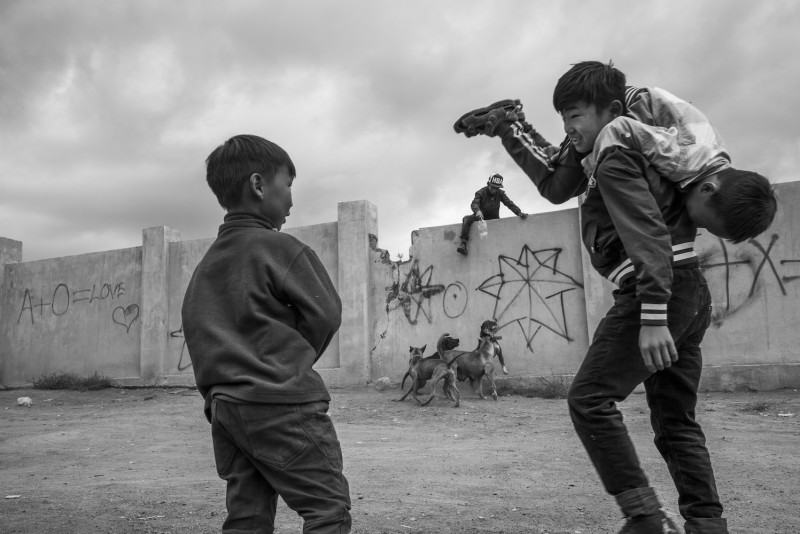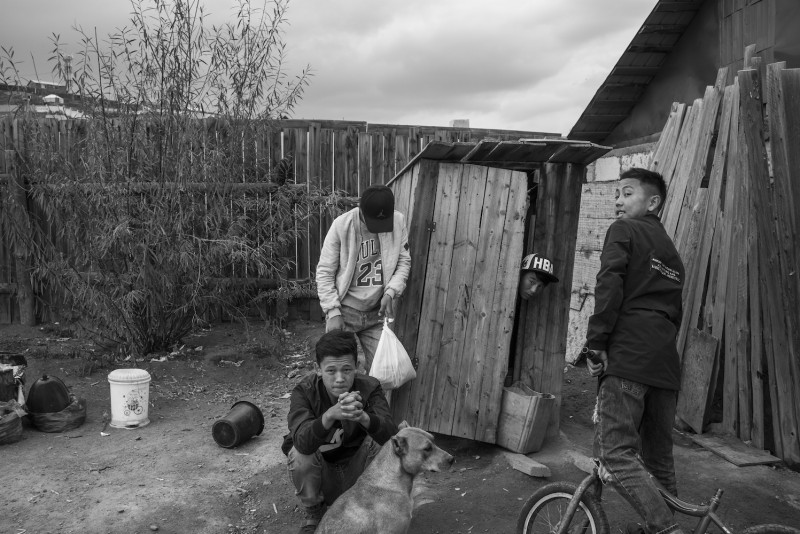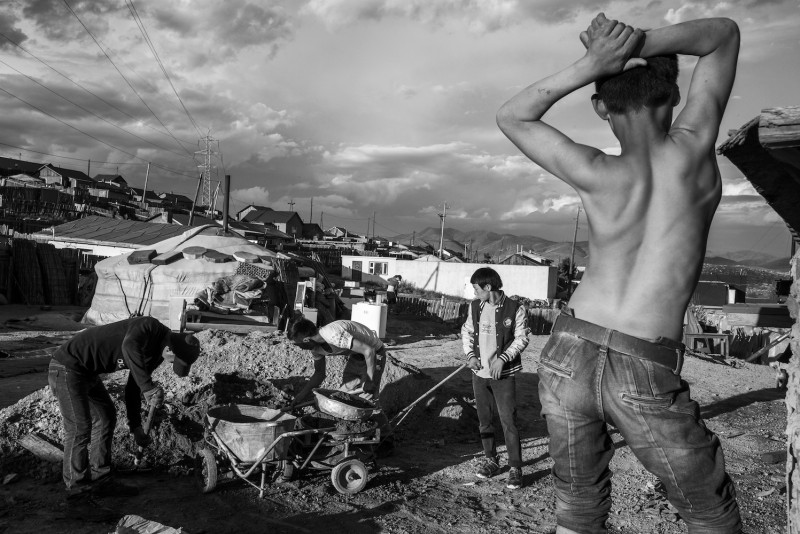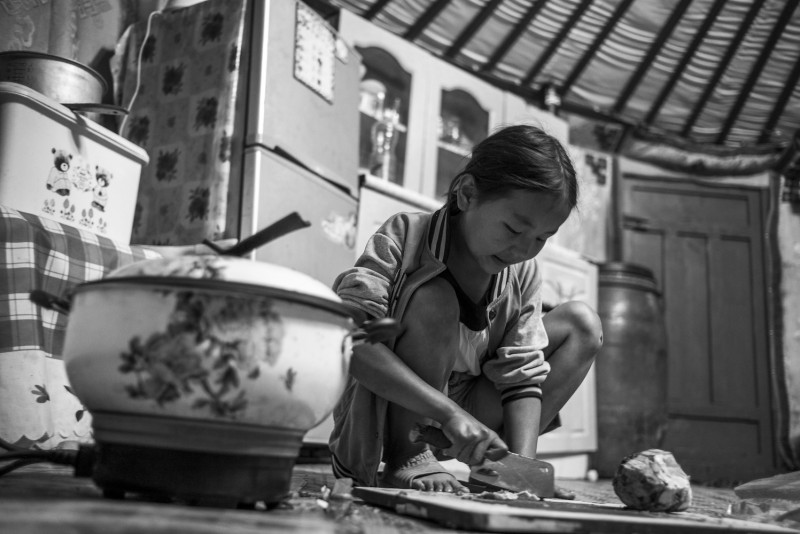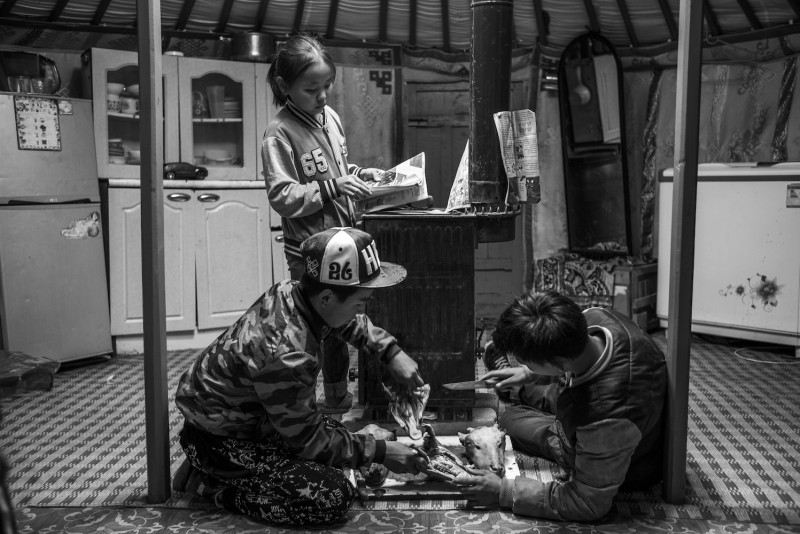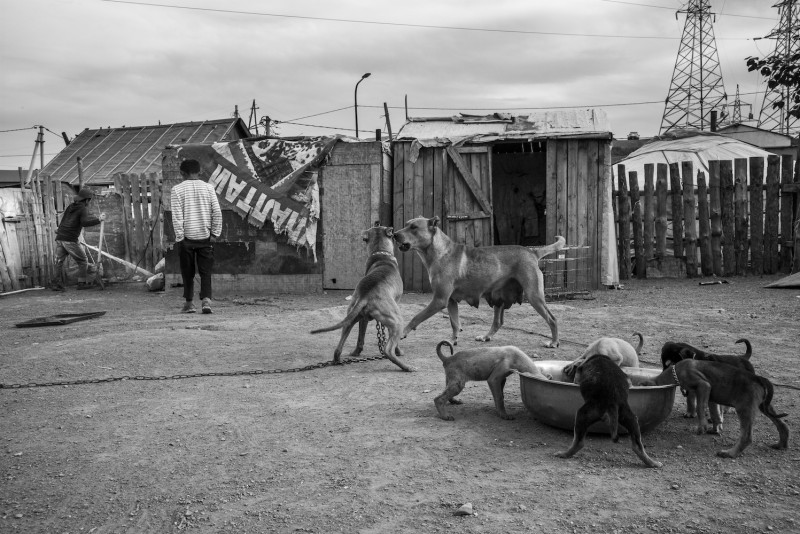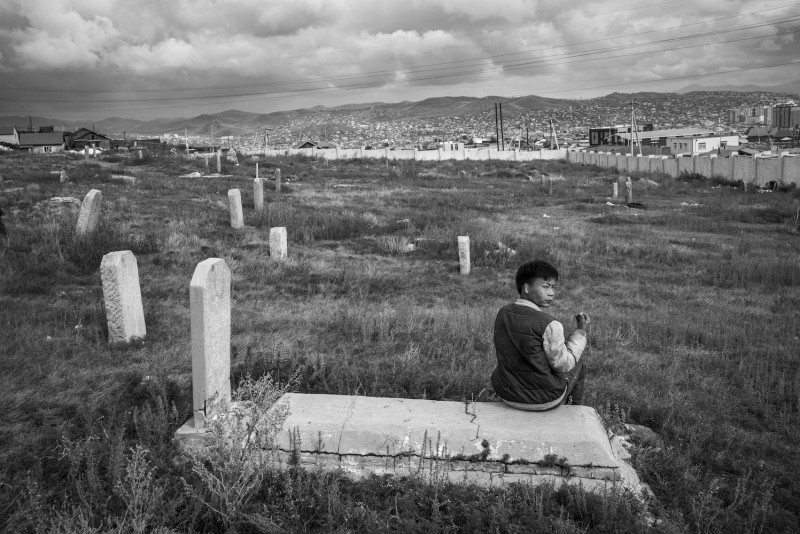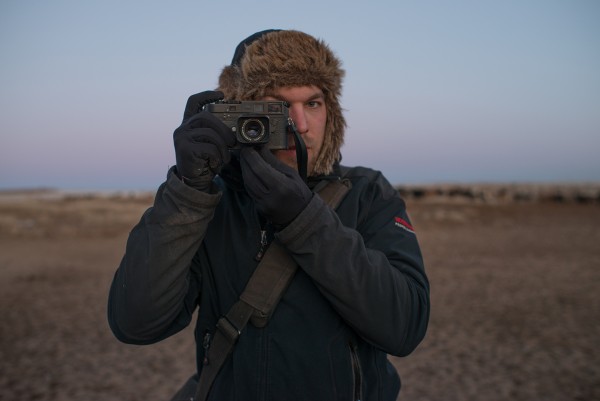Denjiin Myanga
Denjiin Myanga
Sven Zellner
September 25, 2020
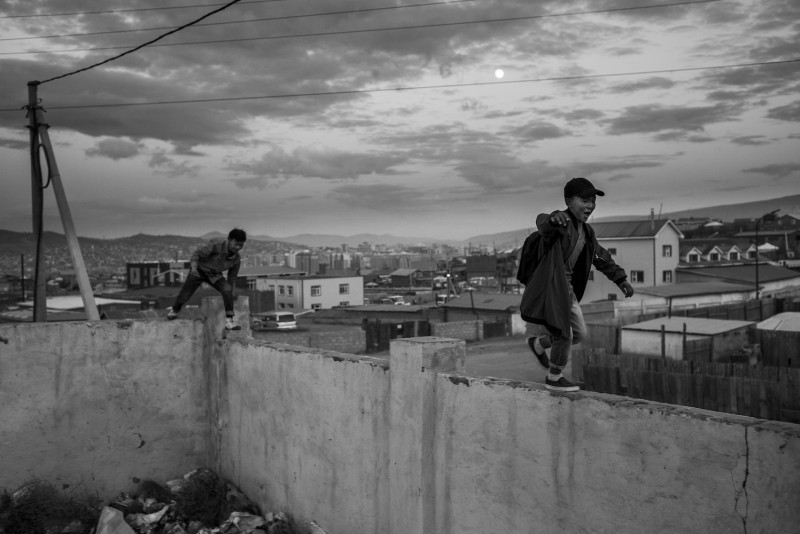
What characterises daily life for people living in Denjiin Myanga?
The people live in traditional yurts made of felt (ger), and small houses on fenced-in plots (khashaas). The roads are unpaved, the water supply depends on wells, and the toilets are latrines. The winters are very tough – Ulaanbaatar being the coldest capital in the world. There’s a coal oven for heating and cooking in every ger, but in many cases they burn plastic. People survive in very bad living conditions and there’s heavy pollution in the air.
Who are your protagonists?
Tsogbayar is fifteen years old and has five siblings. Their father left a long time ago, and they live alone with their mother, Byambaa. She works in a beauty salon, so she’s rarely at home. When I first met Tsogbayar, he had a swollen, black eye. He was out with his older brother, Tögi (16), his youngest brother, Batholboo (8), and other kids from the neighbourhood. They had their fighting dogs with them and were setting them against each other. His younger sister, Hongorzul (11), takes care of most of the housework, such as cooking and cleaning, while the boys roam around. Their playground is the cemetery next to their khashaa. The boys climb over the walls of the cemetery and play in the old Chinese part, but they keep away from the Mongolian graves, because they’re afraid of the ghosts. The lack of their mother’s presence during the day, means that there is no protection for the children all day. They own a total of six adult dogs, to prevent unwanted visitors from entering their khashaa.
What did you learn from the project in Denjiin Myanga?
I was able to practice being patient. Above all, I learnt that I couldn’t plan everything as I had imagined. You have to take things as they come, and you shouldn’t get angry if things go differently to what you’d hoped.
Please find more images and a detailed interview in LFI 7/2020.
Sven Zellner+-
Zellner studied Image Design and Cinematography and the HFF Munich, and published his first photo book at age 22. He was the Director of Photography on films such as Walchensee Forever directed by Janna Ji Wonder, as well as Schwarze Milch (Black milk) and Schau mich nicht so an (Don't look at me like that) directed by Uisenma Borchu. His cinematic debut as a director came with the documentary film Preis des Goldes. His photos have appeared in GEO, DIE ZEIT, Das Magazin and Terra Mater, among others. More

